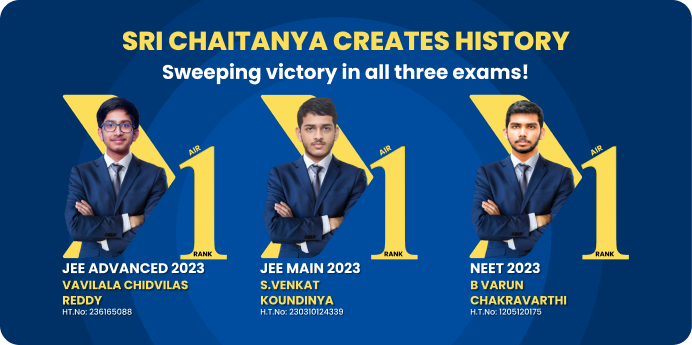
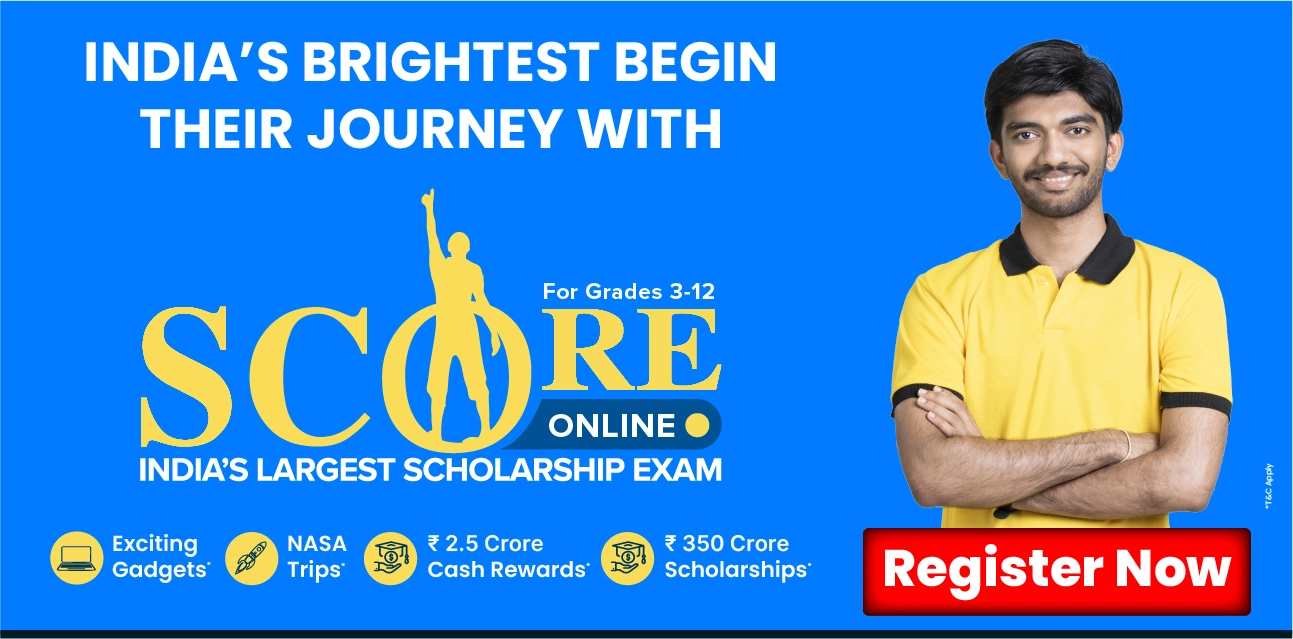



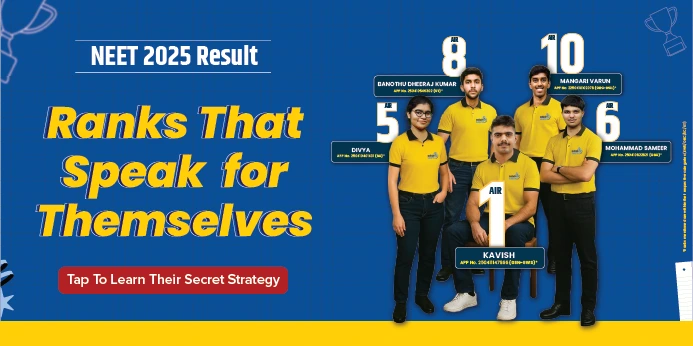
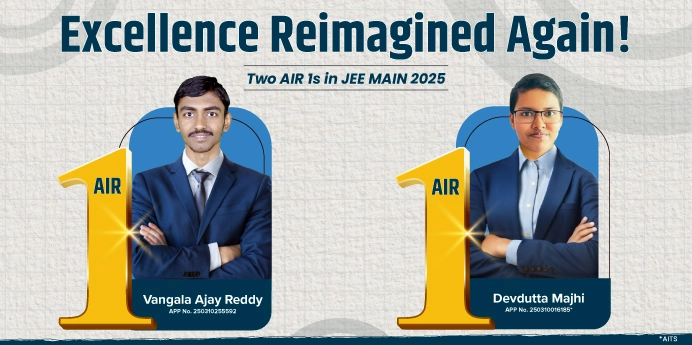
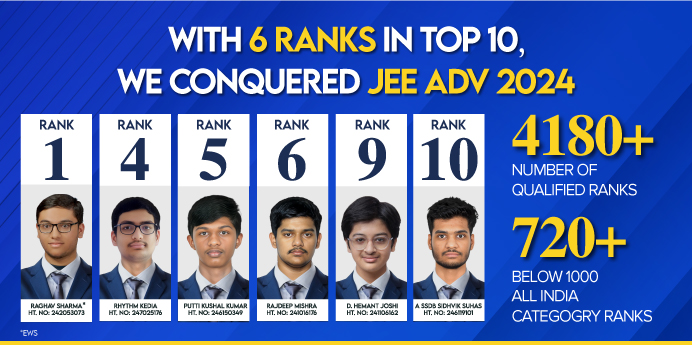
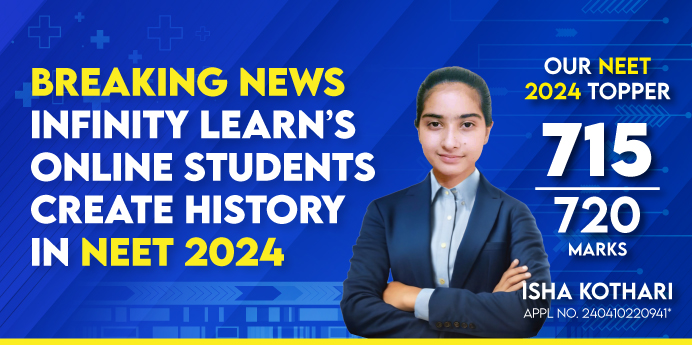


Courses

By Brijesh Sharma
|
Updated on 4 Nov 2025, 12:20 IST
MCQs for Class 6 History Chapter 5 Kingdoms, Kings and An Early Republic: The chapter “Kingdoms, Kings and an Early Republic” helps students understand how early rulers formed kingdoms and managed their people. This topic explain how kings collected taxes, built armies, and made laws for their kingdom. You will find kingdoms kings and an early republic mcq that make your learning more interesting and easy to remember. These mcq questions for class 6 history chapter 5 kingdoms, kings and an early republic are very helpful for quick revision before cbse class 6 exam.
By practicing these kings kingdoms and early republic mcq class 6 social science, students can test their knowledge about early Indian rulers and republic systems for class 6 exam preparation. Each kingdoms kings and an early republic questions and answers are designed to improve history understanding and logical thinking. The class 6 mcq of kingdoms kings and an early republic also give idea about how power and governance worked in ancient India.
You can also use kingdoms kings and an early republic worksheet to do practice at home or in classroom. These cbse class 6 worksheets and mcqs follow NCERT solutions based pattern and include important topics like janapadas, mahajanapadas, rajas, and gana-sanghas.
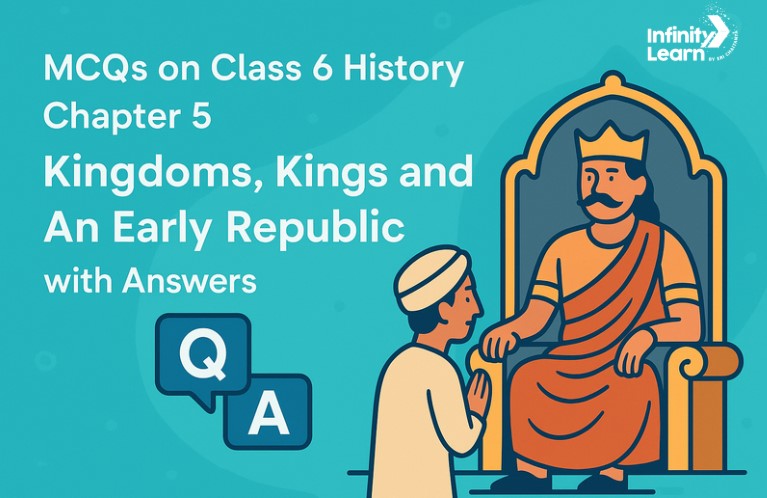
Ques 1. How did men become rulers around 3,000 years ago?
(a) By voting
(b) By Ashvamedha Yajna
(c) Both
(d) None

Answer: (b) By Ashvamedha Yajna
Ques 2. Small states ruled by the tribals were called:

JEE

NEET

Foundation JEE

Foundation NEET

CBSE
(a) Villages
(b) Mahajanapadas
(c) Maharuler
(d) Janapadas

Answer: (d) Janapadas
Ques 3. The farmers gave one-sixth of their produce to the king, called:
(a) Bhaga
(b) Part
(c) Hissa
(d) Bhora
Answer: (a) Bhaga
Ques 4. Who was the son of Bimbisara?
(a) Ashoka
(b) Ajatshatru
(c) Nanda
(d) Maurya
Answer: (b) Ajatshatru
Do Check - CBSE Class 6 Social Science Syllabus
Ques 5. The founder of the Nanda Dynasty was:
(a) Mahanara Nanda
(b) Mahapadma Nanda
(c) Maha Nanda
(d) Padma Nanda
Answer: (b) Mahapadma Nanda
Ques 6. Who performed the Ashvamedha ritual to become king?
(a) Farmers
(b) Rajas
(c) Brahmins
(d) Shudras
Answer: (b) Rajas
Ques 7. What was the capital of Magadha?
(a) Patliputra
(b) Ujjaini
(c) Varanasi
(d) Taxila
Answer: (a) Patliputra
Ques 8. Which animal was let loose in the Ashvamedha ceremony?
(a) Cow
(b) Horse
(c) Elephant
(d) Tiger
Answer: (b) Horse
Ques 9. Who guarded the Ashvamedha horse?
(a) King's men
(b) Priests
(c) Soldiers
(d) Women
Answer: (c) Soldiers
Ques 10. "Janapada" means:
(a) Foot of a tribe
(b) Place for trade
(c) City
(d) Kingdom
Answer: (a) Foot of a tribe
Do Check - NCERT Solutions for Class 6 Social Science
Ques 11. Painted Grey Ware was used to make:
(a) Pots
(b) Weapons
(c) Jewellery
(d) Books
Answer: (a) Pots
Ques 12. Who brought gifts for rulers?
(a) Vaishyas
(b) Brahmins
(c) Shudras
(d) Artisans
Answer: (a) Vaishyas
Ques 13. Which kind of government was in Vajji sangha?
(a) Monarchy
(b) Republic
(c) Oligarchy
(d) Dictatorship
Answer: (b) Republic
Ques 14. Mahajanapadas were:
(a) Villages
(b) Small states
(c) Large and powerful states
(d) Forts
Answer: (c) Large and powerful states
Ques 15. Who was the famous ruler of Magadha?
(a) Chandragupta Maurya
(b) Alexander
(c) Akbar
(d) Bimbisara
Answer: (a) Chandragupta Maurya
Ques 16. Who performed sacrifices like "Rajasūya" and "Ashvamedha"?
(a) Kings
(b) Farmers
(c) Merchants
(d) Priests
Answer: (a) Kings
Ques 17. What is Sabha?
(a) Assembly of people
(b) Royal family
(c) Group of students
(d) Army
Answer: (a) Assembly of people
Ques 18. Capital of Vajji was:
(a) Vaishali
(b) Magadha
(c) Ujjain
(d) Taxila
Answer: (a) Vaishali
Ques 19. Which group paid regular taxes to rulers?
(a) Farmers
(b) Kshatriyas
(c) Janapadas
(d) Merchants
Answer: (a) Farmers
Ques 20. Fortification of cities refers to:
(a) Building strong walls
(b) Growing crops
(c) Making pottery
(d) Studying
Answer: (a) Building strong walls
Ques 21. The main occupation of people in Janapadas was:
(a) Farming
(b) Trading
(c) Hunting
(d) Fishing
Answer: (a) Farming
Ques 22. Who maintained standing armies in Mahajanapadas?
(a) Rajas
(b) Brahmins
(c) Vaishyas
(d) Shudras
Answer: (a) Rajas
Ques 23. The capital of Kosala was:
(a) Ayodhya
(b) Delhi
(c) Pataliputra
(d) Ujjain
Answer: (a) Ayodhya
Ques 24. Who was not allowed to take part in assemblies (Sabha)?
(a) Women
(b) Dasas
(c) Both
(d) Farmers
Answer: (c) Both
Ques 25. What does the word "Mahajanapada" mean?
(a) Big city
(b) Large kingdom
(c) Mountain
(d) Book
Answer: (b) Large kingdom
Ques 26. Who was the central figure in the Ashvamedha sacrifice?
(a) Ministers
(b) King
(c) Soldiers
(d) Citizens
Answer: (b) King
Ques 27. Why were forts built?
(a) Protection
(b) Decoration
(c) Farming
(d) Trade
Answer: (a) Protection
Ques 28. "Varnas" divided people into groups by:
(a) Occupation
(b) Region
(c) Religion
(d) Age
Answer: (a) Occupation
Ques 29. Brahamins were:
(a) Priests
(b) Soldiers
(c) Farmers
(d) Artisans
Answer: (a) Priests
Ques 30. Shudras were:
(a) Servants
(b) Priests
(c) Kings
(d) Merchants
Answer: (a) Servants
Ques 31. The Sangha was:
(a) Group assembly
(b) Trading center
(c) Army
(d) Family
Answer: (a) Group assembly
Ques 32. "Vaishyas" were:
(a) Farmers
(b) Merchants
(c) Priests
(d) Kings
Answer: (b) Merchants
Ques 33. Hobby of rulers in large kingdoms?
(a) War and expansion
(b) Writing
(c) Cooking
(d) Singing
Answer: (a) War and expansion
Ques 34. Painted Grey Ware was found in settlements of:
(a) Janapadas
(b) Villages
(c) Forests
(d) Rivers
Answer: (a) Janapadas
Ques 35. Who were landless laborers in ancient India?
(a) Dass
(b) Kshatriyas
(c) Priests
(d) Merchants
Answer: (a) Dass
Ques 36. Most powerful Mahajanapada was:
(a) Magadha
(b) Kosala
(c) Vaishali
(d) Hastinapur
Answer: (a) Magadha
Ques 37. Janapadas ruled by a:
(a) Raja
(b) President
(c) Merchant
(d) Doctor
Answer: (a) Raja
Ques 38. Who took part in war and expansion?
(a) Rajas
(b) Priests
(c) Dass
(d) Women
Answer: (a) Rajas
Ques 39. Painted Grey Ware was made of:
(a) Clay
(b) Iron
(c) Stone
(d) Gold
Answer: (a) Clay
Ques 40. Ashvamedha horse was allowed to pass through:
(a) Other raja's land
(b) Forests
(c) Cities
(d) Rivers
Answer: (a) Other raja's land
Ques 41. Ordinary people could not perform:
(a) Sacrifices
(b) Trade
(c) Farming
(d) Cooking
Answer: (a) Sacrifices
Ques 42. What did Janapadas evolve into?
(a) Mahajanapadas
(b) Villages
(c) Sangha
(d) None
Answer: (a) Mahajanapadas
Ques 43. Mahajanapadas needed:
(a) Large armies
(b) Big houses
(c) Tall trees
(d) Wells
Answer: (a) Large armies
Ques 44. Who sang poems of rajas?
(a) Charioteers
(b) Priests
(c) Merchants
(d) Women
Answer: (a) Charioteers
Ques 45. Painted Grey Ware is associated with:
(a) Grain storage
(b) Festivals
(c) Weapons
(d) Taxes
Answer: (a) Grain storage
Ques 46. Forts were made from:
(a) Mud
(b) Stone
(c) Wood
(d) All of these
Answer: (d) All of these
Ques 47. The Ashvamedha confirmed:
(a) Power of the king
(b) Wealth
(c) Skills
(d) None
Answer: (a) Power of the king
Ques 48. Sangha members:
(a) Made decisions together
(b) Fought wars
(c) Traded
(d) Cooked
Answer: (a) Made decisions together
Ques 49. Mahajanapadas had rulers called:
(a) Kings
(b) Presidents
(c) Chieftains
(d) Merchants
Answer: (a) Kings
Ques 50. Vaishali was famous for being a:
(a) Republic
(b) Kingdom
(c) City
(d) Village
Answer: (a) Republic
No courses found
This chapter explains how early Indian rulers formed kingdoms, how kings ruled their people, and how republics worked where people shared power.
MCQs help students revise important facts, improve recall speed, and understand the main concepts quickly.
Main topics include the rise of mahajanapadas, taxation, duties of kings, and the early forms of government.
The worksheet provides extra practice, helping students test their knowledge through short and interesting questions.
Students can find accurate and easy MCQs with answers in school materials, NCERT guides, and Infinity Learn Educational platform that follow the Class 6 syllabus.